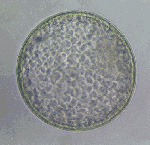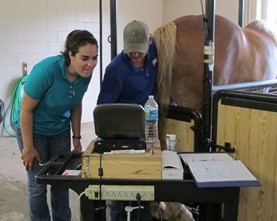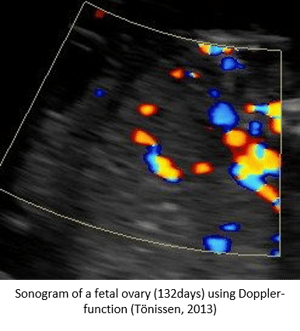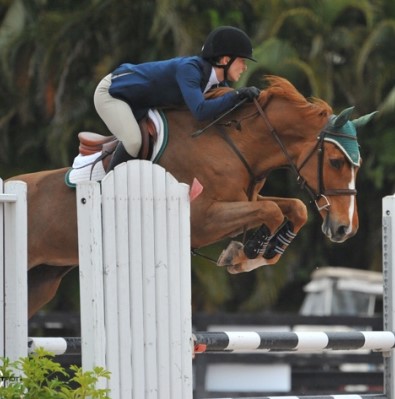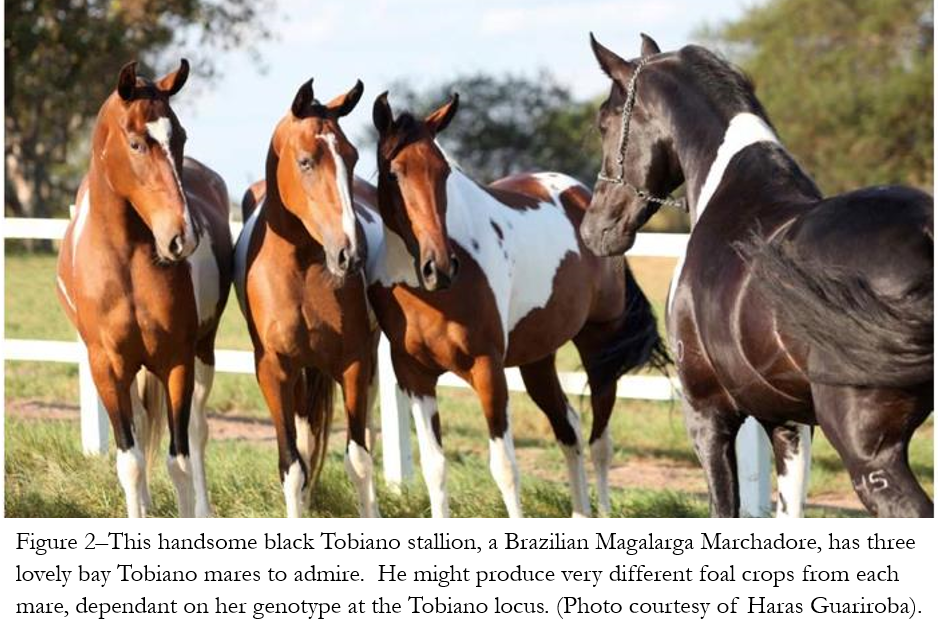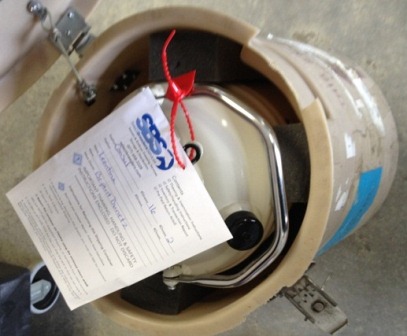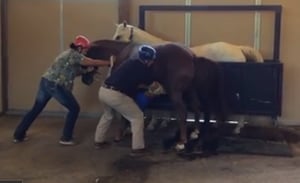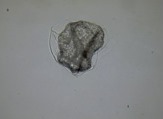Oxytocin is one of the most utilized hormones in broodmare practice. With so many possible clinical applications, a review of the use of oxytocin in the mare highlights the benefits of oxytocin, as well as necessary precautions with its use. Oxytocin is a nine-amino acid neuropeptide that is produced in the hypothalamus and released by hypothalamic neurons that terminate in the posterior pituitary. It is released in a natural pulsatile manner and exerts its effects by coupling with oxytocin receptors on various tissues such as the endometrium, myometrium, heart, kidney, pancreas, and fat tissue. There are also local effects of oxytocin and receptor binding, notably in the utero-placental tissues that help to increase the effect and intensity of pituitary derived oxytocin pulses. Clinically, oxytocin is available as a sterile injection, 20 IU (international units) per milliter. It can be administered intravenously or intramuscularly.
